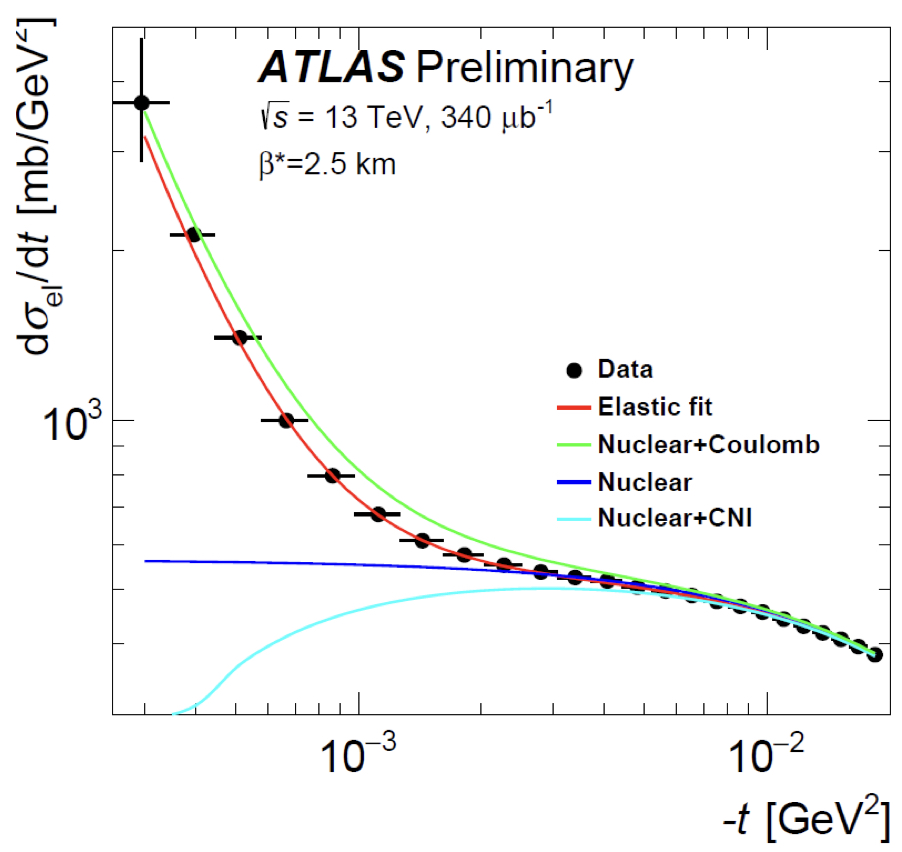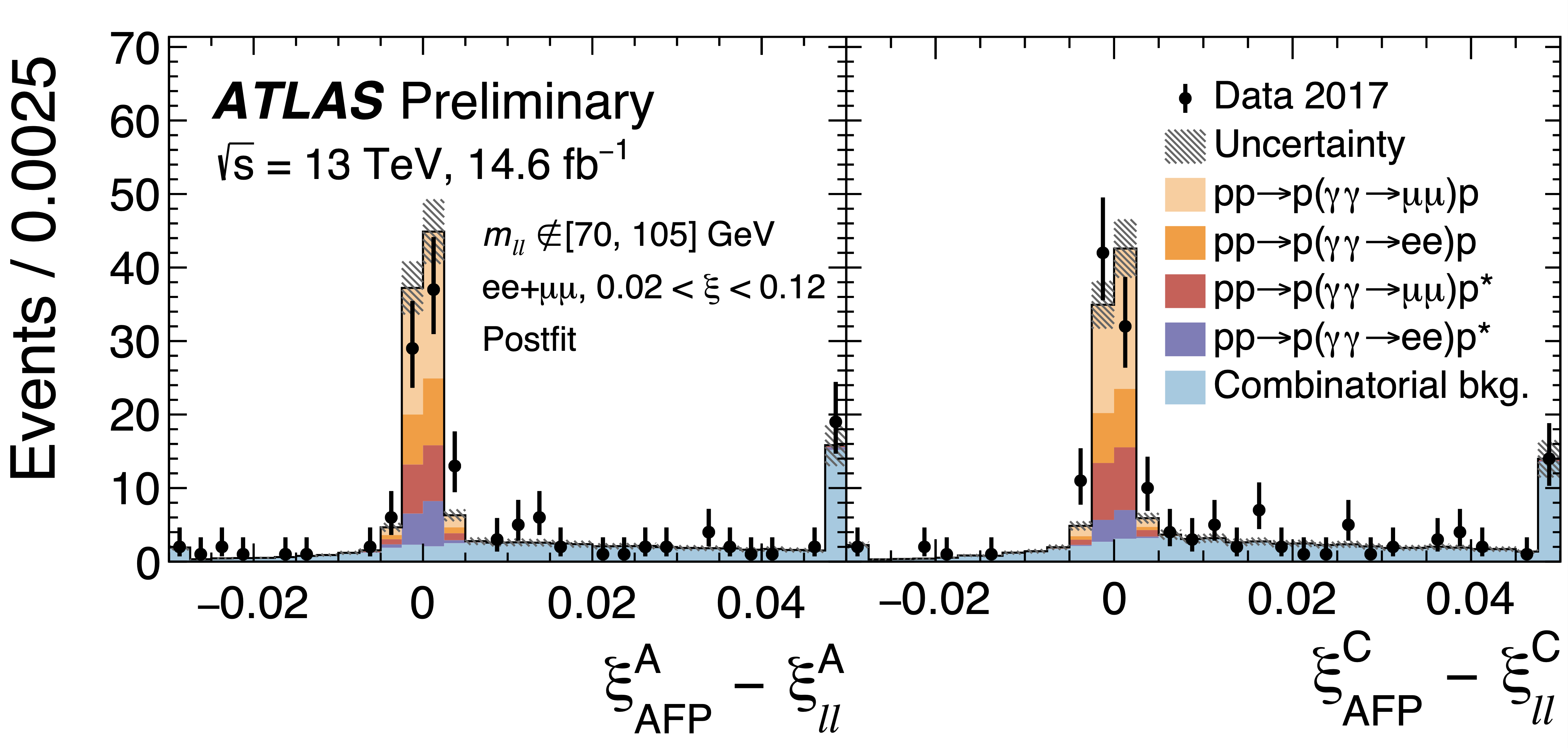One week to do it all – Day 1: Setting up
16 February 2016 | By
I have the pleasure to work for a very special sub-detector of ATLAS, called “Absolute luminosity For ATLAS” or ALFA in short. ALFA aims to measure protons at very small angles relative to the beam. To measure these small angles, ALFA is installed on the beam pipe about 240 m away from the interaction point (IP) of ATLAS. The ALFA detectors can move inside the beam pipe in order to get very close to the beam. The detector is only used a few days out of the year when LHC is running with a very special beam setup. In my blog posts, I will try to portray what happened during these special days in 2015 when we took data for elastic and diffractive physics (read my post about Day 2 to find out more).
After about 3 years of modifications, improvements and optimizations since the last real ALFA run, it was finally the day! The LHC was once again setup to run in a very special way for the so-called “high β* program”. I arrived Monday 12 October 2015 at the LHC morning meeting, eager to hear if everything was ready for the startup or if there would be delays. To my relief everything was on track and the LHC would change to the special program on time. Next followed the ATLAS Run Coordination meeting, where the final details of the run were discussed and everything seemed to be set. All of ATLAS had changed from its normal setting to a setup especially developed only for the sake of “my run”.

As ALFA is so far away from the rest of ATLAS, that other data needs to be kept on hold while waiting for ALFA signals to arrive before deciding if the data should be kept or not. On that day, all the other sub-detectors needed to adapt the standard use of their storage buffers to instead wait for ALFA signals (i.e. not running at very high rates).
After the meetings I was finally free to go to the CERN Control Centre (CCC) to follow the last steps of the commissioning. Most people in ATLAS have never been in CCC and only the ATLAS shift leader communicates with the CCC over the phone when there are problems – but since ALFA was operating so close to the beam, much more direct communication was needed and I therefore preferred to be at the CCC during most of ALFA’s operation. When I arrived the operators were just about to inject the beam. I greeted everyone and started the ALFA monitor to keep an eye on the status of the detector. Although this first fill would only be used for beam commissioning, it was still a good opportunity to see the full system running smoothly. A few channels were not giving signal and were soon recovered.
The fill was the final validation of the special setting of LHC. Instead of making the beam size as small as possible at the IP (to make as many collisions as possible), the beam size was made larger to make it almost unchanged between the IP and the ALFA station. The particles with small angles therefore leave the beam envelope and can be measured in the ALFA detectors. This is called “high β* beam optics”. This is illustrated in Figure 1. The fill was successful and ended in the late afternoon. There were a few delays, so I had time to sneak in a quick dinner before the next fill.

The next fill was the real deal: a fill for ALFA alignment. A few collimators needed to be aligned first, so it was only our turn around 01:00 in the morning. Time to shine. To align the ALFA detectors to the beam we moved each of the detectors in very small steps. When a detector reached the halo edge of the beam, a lot of particle showers were made and observed in a beam loss monitor. Then the movement was stopped and we knew where the beam was and could move on to the next detector.
We did this eight times and it was one of the most stressful tasks you can imagine: if the detector is not stopped or takes a too large step into the beam halo, the beam is dumped and many hours of beam time is wasted. Also, the time wasted would come out of the already very short data-taking time. Thanks to past experience, we had early warnings that the detectors were coming close to the beam. We had learned that the trigger rates are a very strong indicator of this and, by observing these rates, we were able to predict the edge a few steps earlier, allowing us to be completely ready to push “Stop” manually in case of problems. This was not needed though, as new stopping tools installed since the previous ALFA run worked nicely, and the detectors stopped automatically without any problems. In two hours all was done and we were ready to take data.
To be continued...




